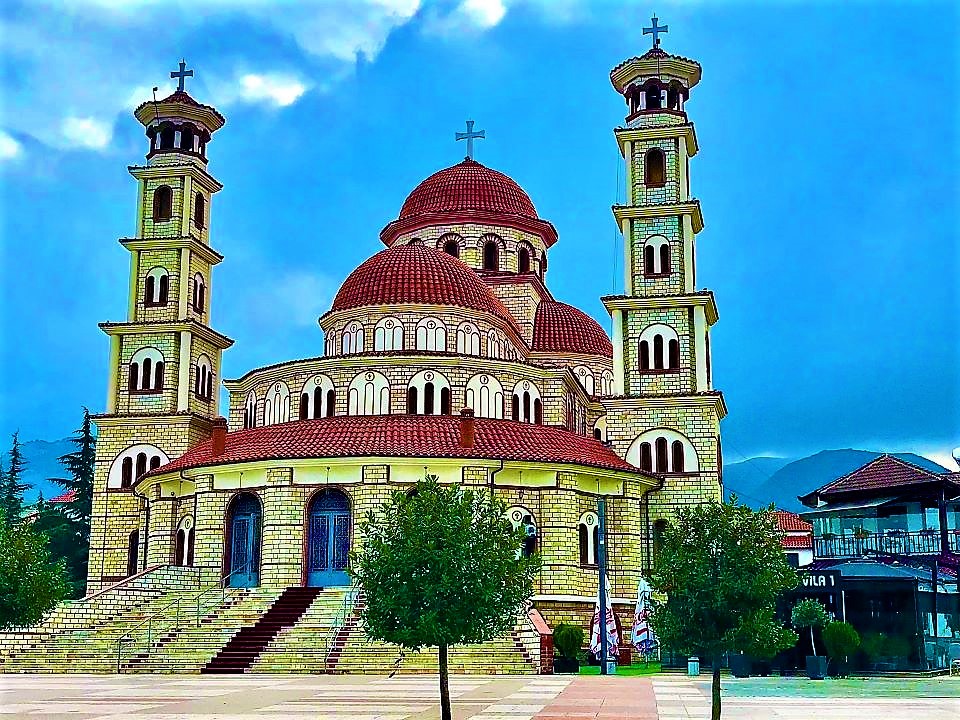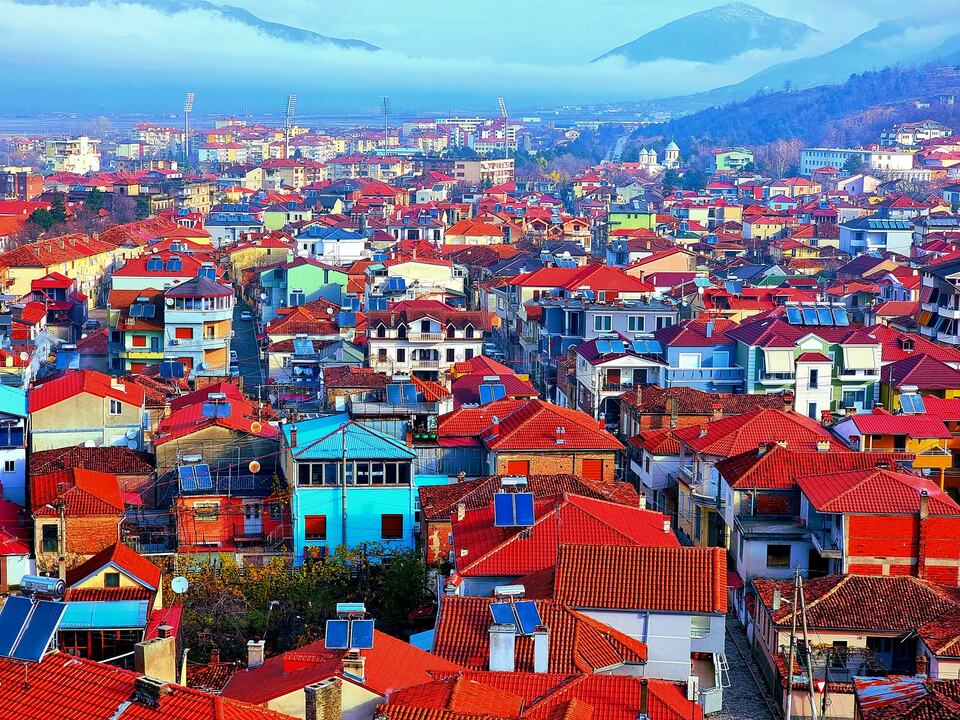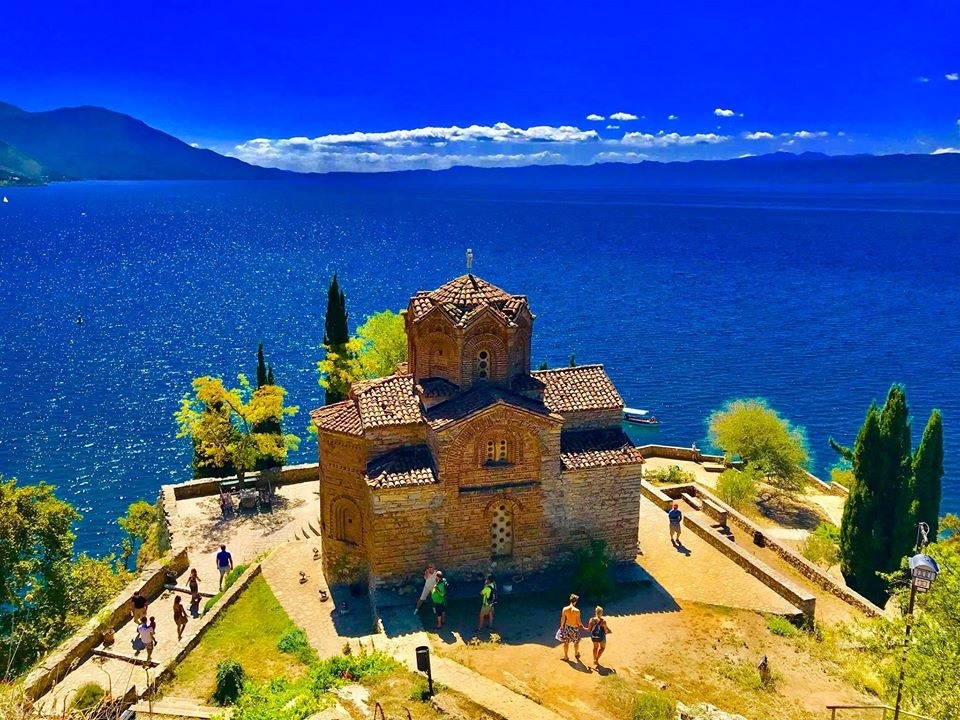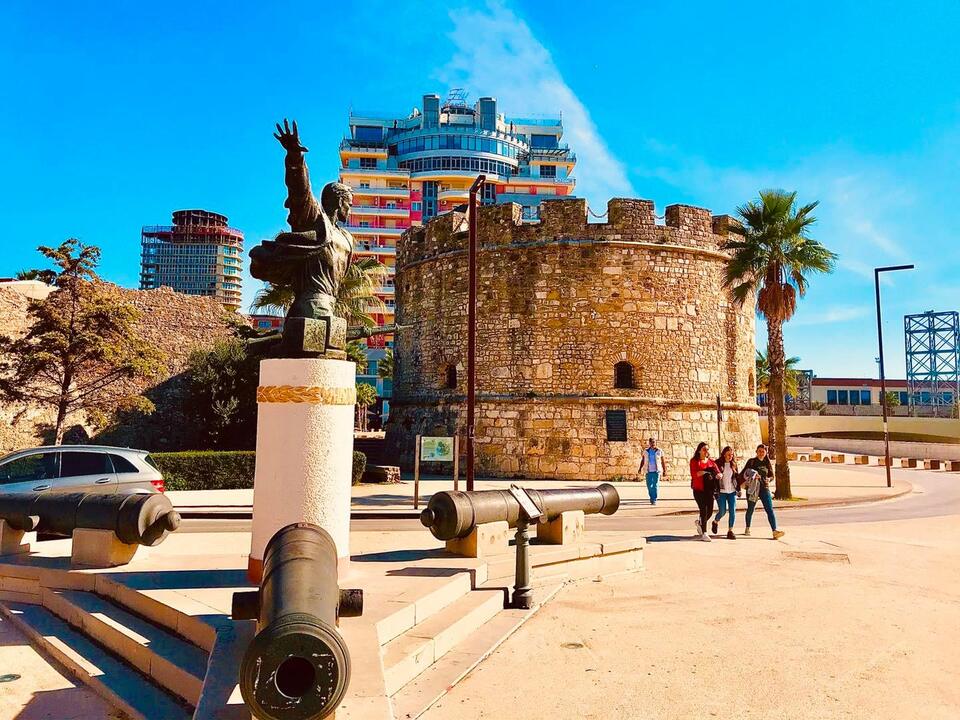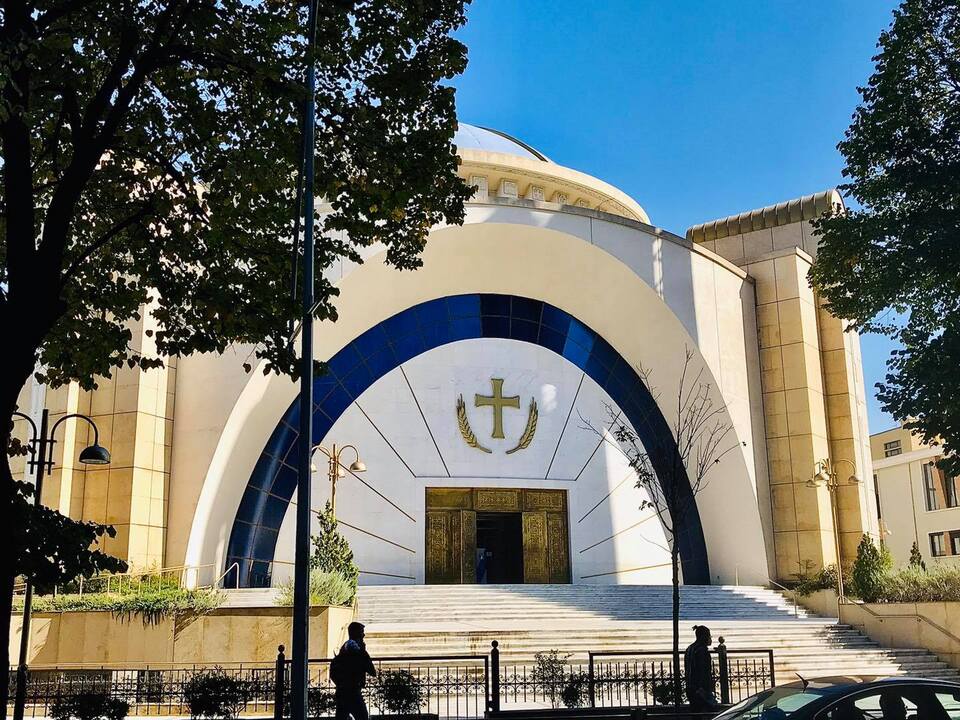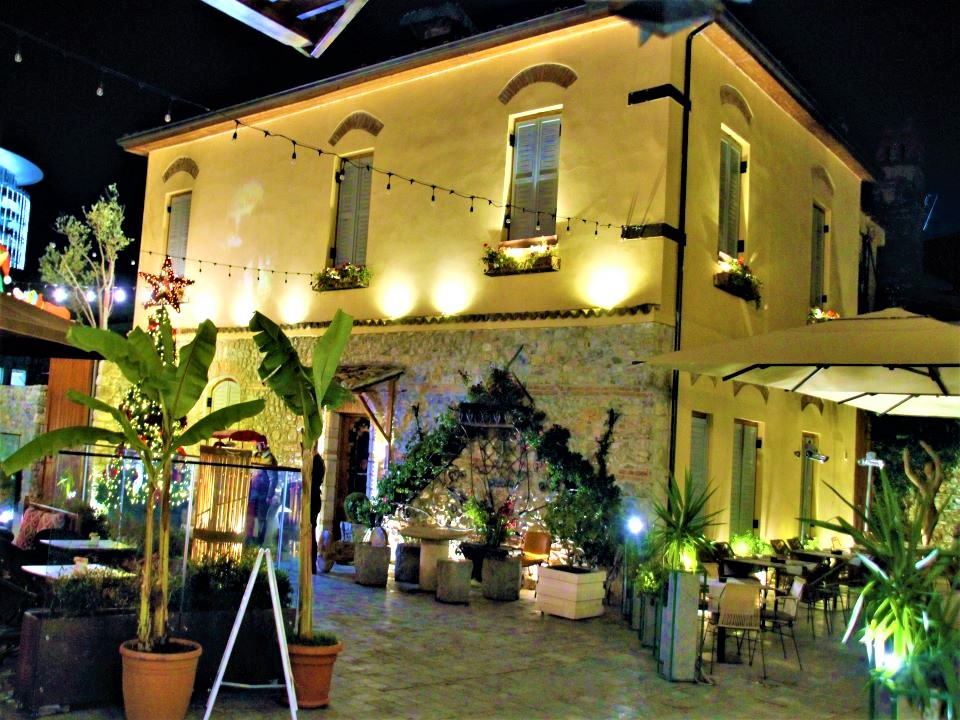Romania Travel Guide
Explore the Carpathian Garden
Travel in Romania is as rewarding as it is challenging. The country’s mountain scenery, its great diversity of wildlife and cultures, and a way of life that at times seems little changed since the Middle Ages, leave few who visit unaffected. Try to accept whatever happens as an adventure encounters with Gypsies, wild bears and tricky officials are likely to be far more interesting than anything touted by the tourist board.
Two decades of dictatorial rule by Nicolae Ceauşescu brought Romania to the brink of ruin, with economic collapse and repression by the feared Securitate bringing about a stark deterioration in living standards. Although it’s almost thirty years since Ceauşescu’s overthrow in what was Europe’s bloodiest revolution of 1989, the country is, in many ways, only just emerging from his shadow though Romania’s admission into NATO in 2004 and then, somewhat more controversially, the European Union in 2007, has at least cemented its place in the wider international community.
From the capital, most visitors make a beeline for the province of Transylvania to the north, setting for the country’s most thrilling scenery and home to its finest cities: the gateway is Braşov, whose medieval Old Town is a good introduction to the Saxon architecture of the region, which reaches its peak in the fortified town of Sibiu and the jagged skyline of Sighişoara, Romania’s most atmospherically sited town and the birthplace of Vlad the Impaler (Dracula).
North and west of here, the great Magyar cities of Târgu Mureş, Cluj and Oradea have retained a wealth of medieval architecture, as well as impressive Baroque and Secession buildings. In the southwest, near the Serbian border, is hugely enjoyable Timişoara, source of the 1989 revolution.
The best of Romania, though, is its countryside, and in particular the wonderful mountains. The wild Carpathians, forming the frontier between Transylvania and, to the east and south, Moldavia and Wallachia, shelter bears, stags, chamois and eagles. The Bucegi, Făgăraş and Retezat ranges and the Padiş plateau, meanwhile, offer some of the most spectacular hiking opportunities in Europe. The Black Sea coast is full of brash resorts, notably Mamaia, but it does have its charms, not least the old port of Constanţa.
Just north of here, the Danube Delta is set apart from the rest of the country; here life has hardly changed for centuries and boats are the only way to reach many settlements. During spring and autumn, hundreds of species of birds migrate through this area or come to breed. While not quite as remote, the villages of Maramureş, bordering Ukraine in the north, retain a medieval feel with their fabulous wooden churches. Close by, sprinkled amid the soft, rolling hills of Bucovina, are the wonderful painted monasteries, whose religious frescoes are among the most outstanding in Europe.
Romania Travel Essentials
WHEN TO GO
May to September
HOW LONG IN ROMANIA?
1-2 full days for Bucharest; 10 days for the highlights; 2-3 weeks to see everything.
GETTING THERE
Fly into Bucharest, Sibiu, Timisoara airports, ferry to Costanta, Black Sea or along Danub River, available stops in Vienna, Bratislava, Budapest, Bazias, Giurgiu, Calafat, Bucharest, or drive/bus from any neighboring country.
ROMANIA VISA
Visa-free for most passports (90 days).
GETTING AROUND
Hire a car or use intercity buses.
DAILY BUDGET
50-55 USD per person per day (mid-range hotel; restaurant meals; bus fares; museum tickets,


